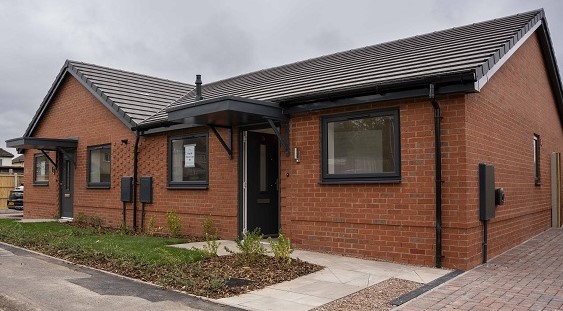Fresh calls for improved economic growth were issued to all political parties by Greater Birmingham business leaders today after inflation rose to 2.7 per cent in April – the highest figure since September 2013.
Greater Birmingham Chambers of Commerce (GBCC) said that with interest rates being held at a record low, everything points to a contraction in real wages and a general slowdown in the UK’s economic output.
Rising air fares (up 18.6 per cent from the month before) were partly due to a later Easter
The price of clothes jumped to the highest level for six years, with a rise of 1.1 per cent between March and April. Electricity and food prices also went up, but there were falls in the cost of gas, petrol and diesel
Paul Faulkner (pictured), chief executive of the GBCC said: “Continuing a trend that started last summer, inflation continued its sharp rise, with April’s figure the largest we have seen in almost four years.“The lower value of the pound continues to make it more costly for UK firms to import goods, which in turn, will impact levels of consumer spending; a key driver behind economic growth in this country.
“With the Bank of England holding interest rates at a record low level and wage growth stagnant, it all points to a contraction in real wages and a potential slowdown in the UK’s economic output.
“However, we must not lose sight of the fact that the sharp rise was predicated on higher air fares (which came about as a result of the Easter holiday being pushed back to April) and tobacco and alcohol duty also going up more than it did 12 months ago – a unique set of factors unlikely to be repeated anytime soon.
“In light of the latest figures and ahead of the General Election, we are calling on all of the political parties to provide detailed answers on how they plan to boost economic growth to offset business concerns around price pressures.
“Today’s results also reflect some the underlying themes which emerged from our last Quarterly Business Report– with local manufacturers particularly squeezed by the increase in factory gate costs, but also exhibiting high levels of optimism when it comes to turnover projections for the next 12 months. We will be starting the surveying for the next report on Monday and it will be interesting to see whether these trends continue into the second half of the year.”
















